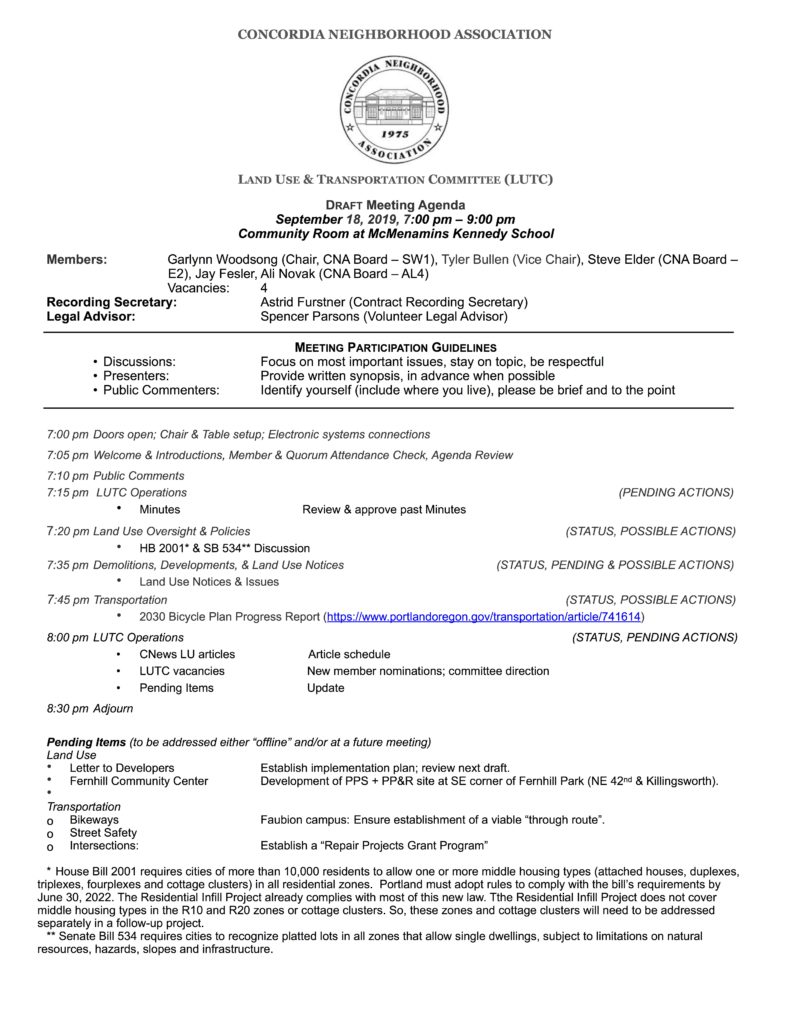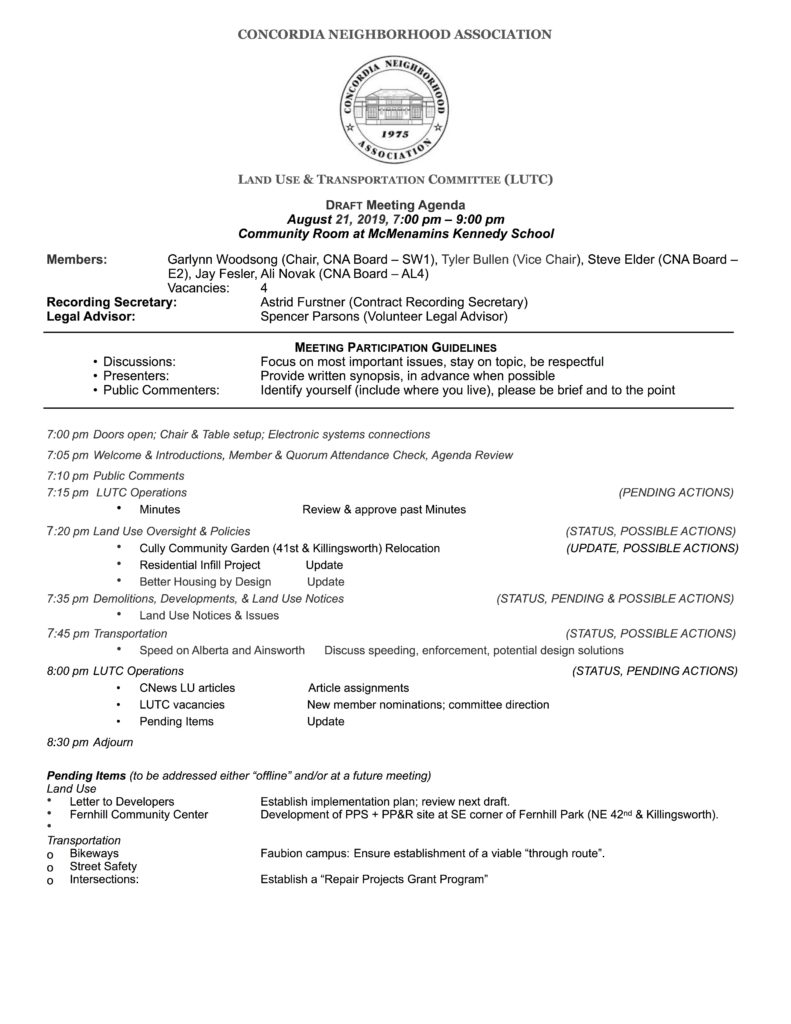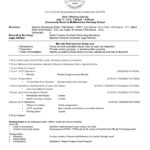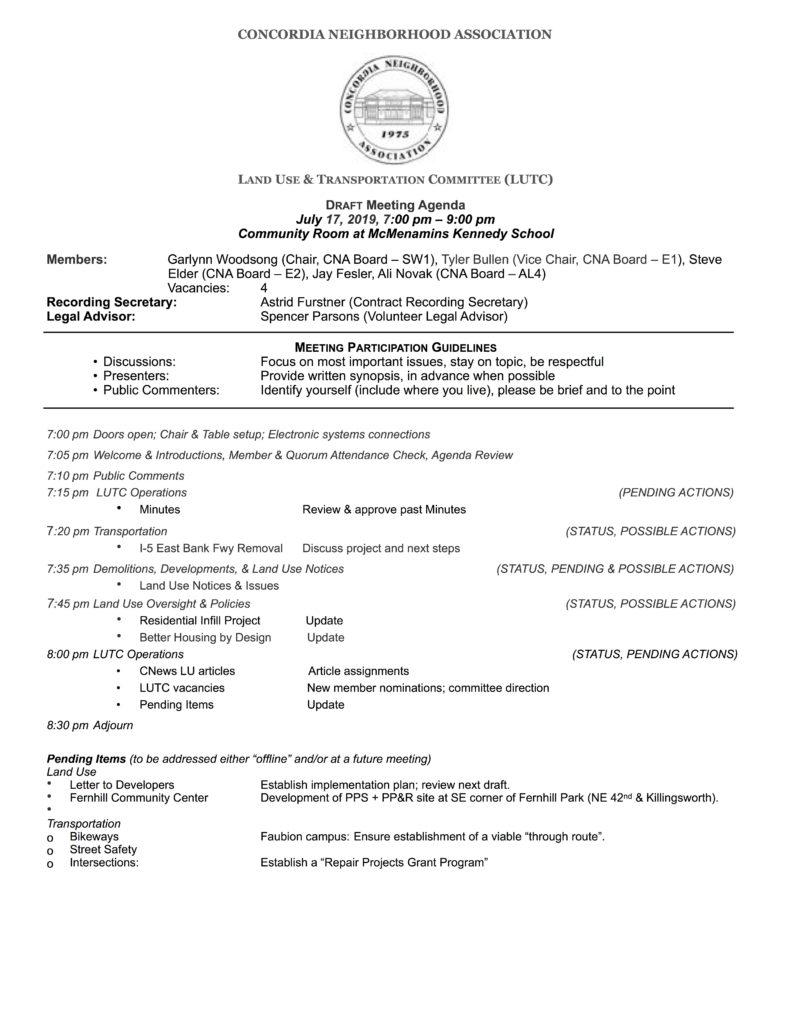By Garlynn Woodsong | CNA Board Member, SW1, CNA LUTC Chair
Concordians may smell a foul odor in the air from time to time – especially when there’s an inversion layer that traps a layer of warmer air next to the ground underneath a layer of cooler air, preventing pollution from escaping upwards.
Concordia is located near:
- Two major arterials
- A major transcontinental freight railroad line frequented by many hardworking diesel locomotives that are not subject to any meaningful pollution regulation
- An industrial zone that is home to many polluting uses, including propane tank facilities prone to leaking
- The airport, which is a hive of petroleum-burning activity, especially aviation gasoline and jet fuel – both of which are exempt from any meaningful emissions regulations
- Many other emissions sources, both fixed- and mobile-source
This foul air quality, although it is usually invisible, can have very real, long-term impacts on our health and quality of life. We, our children, our friends and our families all breathe in this air. If our air smells toxic, then we are likely inhaling toxins.
It can be frustrating, overwhelming and demoralizing to walk outside, breathe a foul odor, and to feel helpless and unable to do anything about it.
Now you can use a new free smartphone app, provided by Portland Clean Air, to crowdsource reports of pollution odors traveling through the neighborhood. The app also helps track down sources of industrial air pollution incidents.
You can download the app today and make a smell report – even if you walk outside, smell a beautiful clean-air day and, as a result, the smell report is positive.
Portland Clean Air has been working with app developer Beatrice Dias from Carnegie Melon University and with Seventh Generation to launch the app city-wide in Portland.
The Smell MyCity app crowdsources community reports of pollution odors and visualizes the city’s air quality. You can help with the launch of the app by downloading it today and making a smell report. This is a better alternative than your complaints being ignored by DEQ, or floating around Nextdoor.com.
Portland Clean Air now has a toxic smell response team with monitoring equipment, and data from nine agencies to help pinpoint the source so negotiators can be sent in to help reduce or eliminate the emissions source.
Find the Smell MyCity app free on the App Store and on Google Play.
SmellMyCity.org makes smell report data accessible publicly and easy for all residents and community groups to explore. It includes a map visualization page of how smell reports are distributed across the city over time. And it offers a data access page to download smell report data for further analysis.
Smell, submit, share!



